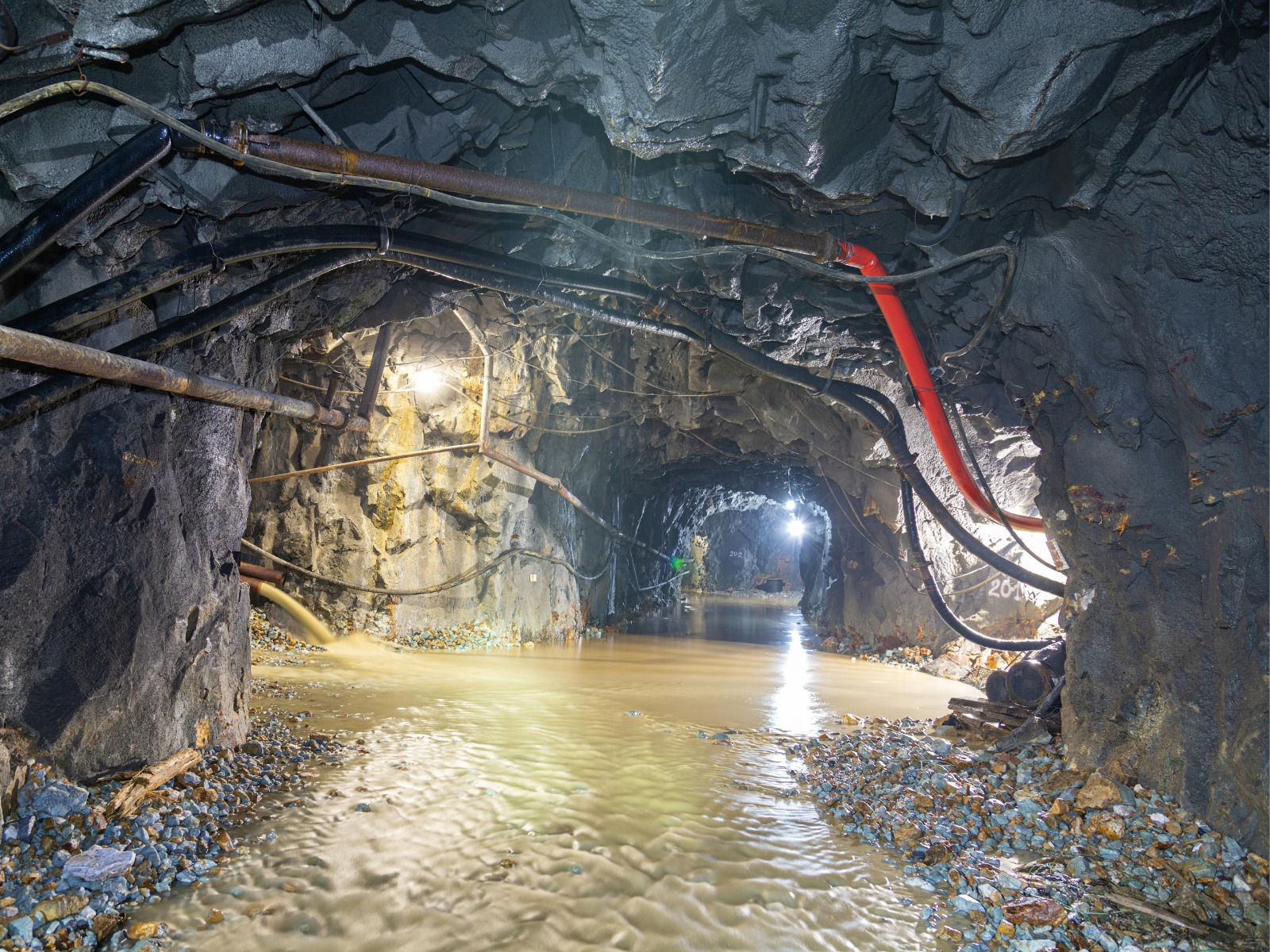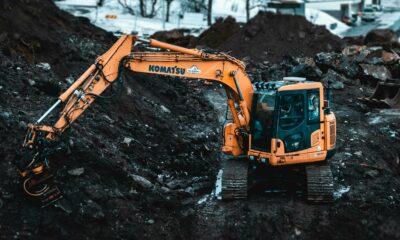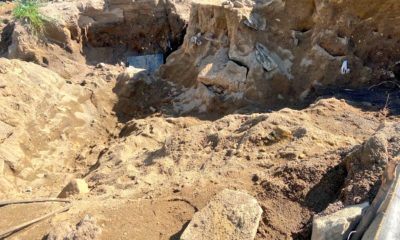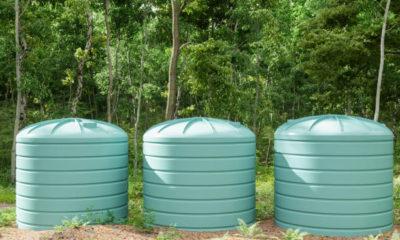Best of Johannesburg
How New Mining Licences Threaten Water Security in South Africa and Gauteng 2025

The Rising Tide Behind Your Tap
Picture this: a drought is pounding your city, grey clouds promise rain, but the taps run empty. In Gauteng, that’s becoming a scary reality. As the province’s water resources groan under immense pressure, the push to issue new mining licences could push the system over its limit.
Gauteng sits on over-allocated catchments. The water in rivers and underground aquifers is already spoken for by farms, homes, and industries. Granting new licences to mines means digging deeper into a resource that’s largely tapped out. Mines need water, immense volumes, for dust suppression, cooling gear, and washing ores. In this setting, every drop diverted to industry is a drop missing for people, crops, and ecosystems.
But it’s not just quantity we’re losing. It’s quality.
Brewed in the Underworld: Acid Mine Drainage and Chemical Threat
Mining opens up sulphide minerals in rock. Once exposed to air and water, they generate acid, which dissolves metals like iron, zinc, and copper, a toxic brew known as acid mine drainage (AMD). In Gauteng, the geology is especially vulnerable: gold mining has long left a legacy of pyrite oxidation contributing to AMD pollution.
This polluted water doesn’t stay put. It seeps into rivers, wetlands, and underground aquifers, making water unsafe or unusable. Groundwater systems, connected deep underground through mine voids, can spread contamination unpredictably. Communities relying on boreholes or wells downstream suddenly face heavy metals, acidity, and salts in their drinking water.
On top of that, mining often requires chemicals like cyanide and sulfuric acid. Leaks or poor containment let those seep into catchments and soils. When water quality dips, medical risks rise; illnesses are tied to heavy metals, damage to ecosystems, fish kills, and loss of biodiversity.
Even mines that are closed still pose problems. Abandoned sites often remain unmanaged, leaking for decades. South Africa already has thousands of inactive or poorly rehabilitated mines; granting new licences means stacking on top of this toxic legacy.
Regulatory Resistance: Laws Are Changing, But Enforcement Lags
You’d think the law should stop licences in catchments that are water-stressed. That’s the letter of the National Water Act. But real life is muddy.
In 2025, the Cabinet approved the National Water Amendment Bill, which strengthens the protection of source areas and gives the Minister more power over water reallocations. It also introduces stricter rules around issuing new water licences where water scarcity or pollution risks are high. The Bill is now going to Parliament.
Meanwhile, the Water Services Amendment Bill got Cabinet approval too. Its role: tighten how municipalities provide water, clarify accountability between water authorities and providers, and punish poor performance or noncompliance. Municipal mismanagement is a major weak point in South Africa’s water system.
The problem is enforcement. Governments at municipal and provincial levels often lack capacity, staff, or political will. Mines have been known to flout permit conditions, exceed water use allowances, or neglect rehabilitation plans. Communities struggle to access information, challenge proposals, or track compliance. That disconnect is deadly in a country already among the 30 driest globally, where 98 percent of water resources are already committed.
Innovation Isn’t Enough on Its Own
Yes, there’s hope. In Gauteng, the government is planning reverse osmosis plants to treat AMD in the Witwatersrand basins. These modular units aim to treat millions of litres per day, turning polluted mine water into something safe, even reusable.
Use of treated water in mining operations, agriculture, or industry could relieve pressure on fresh sources. Circular water systems, where water is reused and cycled rather than discharged, are gaining traction as best practice.
But these tech fixes come with costs in energy, maintenance, and scale. In a country with failing municipal systems, power constraints, and institutional chaos, innovation alone won’t solve the bigger challenge.
What This Means for Gauteng’s People
Imagine a township where the borehole pump runs dry. Farmers watching their crops wither. Children queuing for clean water while their taps sit dry. That’s not a dystopian vision; it’s happening now.
Johannesburg has seen water outages lasting days, with entire suburbs cut off. In 2025, parts of the city experienced service disruptions of up to 86 hours. The crisis has even triggered violent protests. In Westbury and Newlands, residents protested empty taps, and clashes escalated to police firing rubber bullets, tear gas, and stun grenades.
These aren’t distant warnings. They are daily realities for many.
What Can Be Done
1. No new licences in stressed areas. If a catchment has no free water to give, licences should be refused. The new Water Amendment Bill aims at this, making source area protection a condition.
2. Strengthen monitoring and sanctions. Regular audits, independent oversight, and transparent data should be mandatory. Mines that violate limits should be penalised heavily.
3. Community participation. Licence processes should be open, local voices must be heard, and communities must be able to access water and pollution data easily.
4. Scale up treatment infrastructure. Expand reverse osmosis, membrane filtration, and modular treatment across mining basins. Use treated water for industrial and agricultural reuse first.
5. Institutional reform. Fix municipal dysfunction. Clarify roles between Water Services Authorities and Providers. Enforce licensing for water services. Ring-fence water revenue so it isn’t siphoned off.
6. Plan for climate stress. With rainfall patterns shifting, water will become even more unpredictable. Mines must adapt with flexible, resilient water strategies.
A Tough Choice Ahead
Gauteng is the heartbeat of South Africa, its people, economy, and ambitions all tied to water. New mining licences seem to promise jobs and growth, but at what cost? If the taps run dry, that growth is hollow.
We stand at a junction. We can allow extractive industries to drain our water unconstrained, or we can demand smarter decisions, enforce accountability, and invest in systems that sustain both economy and life.
If we fail on water, the downstream effects cascade on health, environment, food, and equality.
And remember: when mining claims your water, it doesn’t usually give it back.
Also read: Why South Africa’s Tobacco Bill Could Redefine Public Spaces in 2025
Follow Joburg ETC on Facebook, Twitter, TikT
For more News in Johannesburg, visit joburgetc.com
Featured Image: Infrastructure news



























